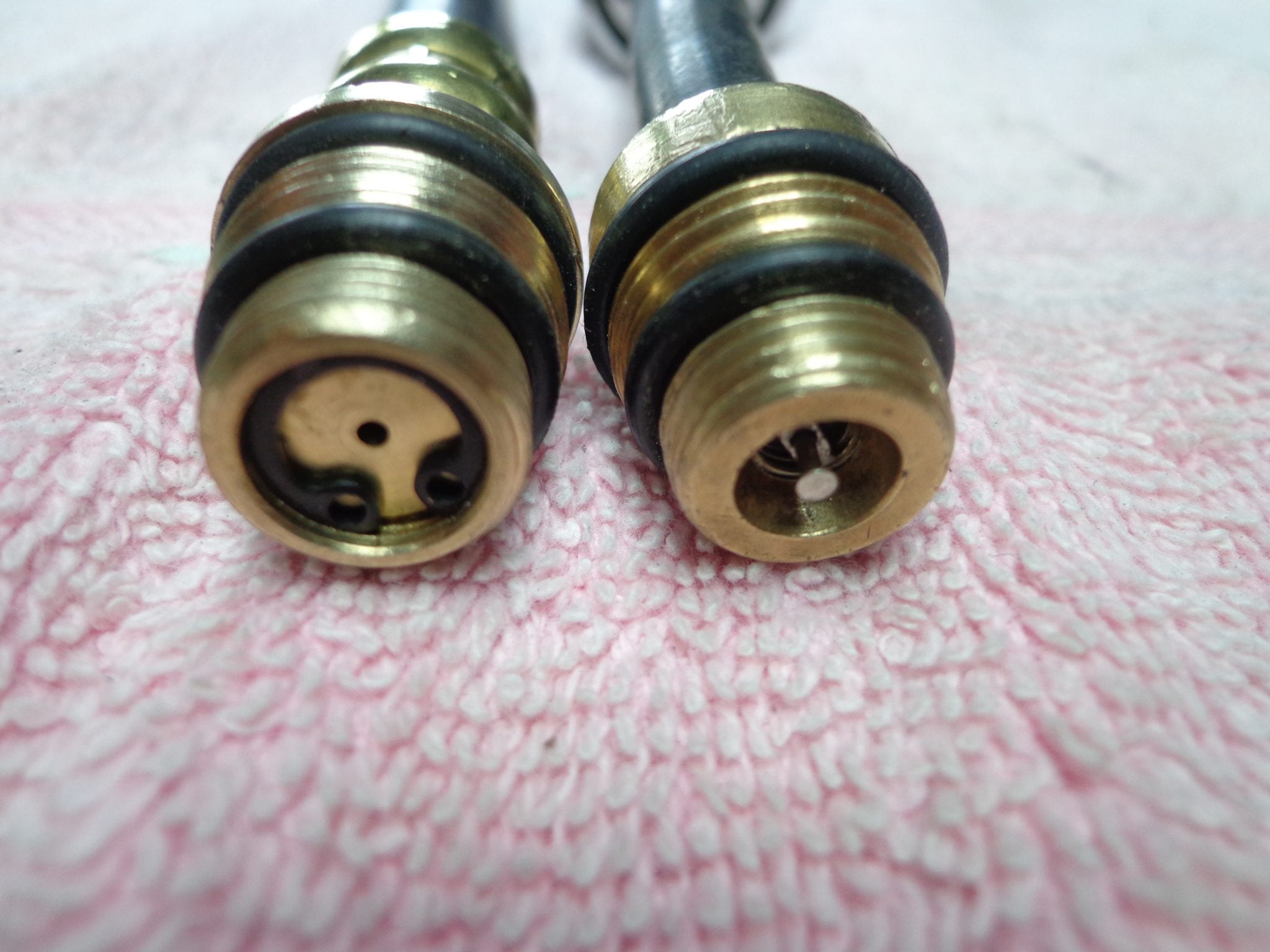Home › Forum › Ask A Member › Minimum compression?
- This topic has 26 replies, 16 voices, and was last updated 3 years, 5 months ago by
 The Boat House.
The Boat House.
-
AuthorPosts
-
October 20, 2015 at 3:35 pm #25803
Here’s a list Garry had posted on the old boards some time ago. The numbers are averages of compression numbers members had posted over the years and are not factory related in any way. Thanks Garry! 😀
 October 20, 2015 at 4:28 pm #25805
October 20, 2015 at 4:28 pm #25805Yeah, try soaking it like you stated with sea foam or whatever other concoction appeals to you. Remove the head if the compression does not come up/perhaps the head gasket is blown.
April 8, 2018 at 11:43 pm #73638quote crosbyman:If I was you I would try to revive it .. I found 0 lbs compression totally stuck engine and it came back to life after weeks of soaking and loosing up the ringskeep at it !! ( seach PRISTINE 9.5 )
Oh this is interesting. I picked up a 57 10 horse Johnson for parts. It has only 30 psi on both cylinders. I have no idea how long it’s been sitting. Maybe I will soak this one instead of casting it into the parts pile
April 9, 2018 at 7:48 pm #73693Whenever you have low compression on both cylinders and the compression is the same, be suspicious of a head gasket leak between the cylinders.
DaveNovember 30, 2020 at 2:29 pm #223981I know this is a pretty old post, but my recent experience has taught me that all compression gauges are not equal. I bought a used Mac Tools compression gauge from eBay that was broken and registered no compression, then a Harbor Freight gauge that gave me readings of 35 lbs, even when testing on a well-running lawnmower. Now I am awaiting a new gauge that should arrive Thursday (that’s what I get for cheaping out). And from what I have read, these gauges can give somewhat different readings from one gauge to the next even on the same motor. My understanding is it is best to get a gauge that gives consistent readings (reliable) and hope the readings are within 10% from one cylinder to the next. Test it on well-running motors, and poorly running motors to see what readings your specific gauge relates to adequate performance for the particular motors you are playing with. Does that sound right guys? And does that add anything to the discussion? I am pretty new to these motors and have a lot to learn.
November 30, 2020 at 3:29 pm #223988To check wrist pins, Pull the plugs ( check for stripped threads) & use a long screwdriver to ride on the top of the piston & rock the flywheel back & forth to see how much it turns piston doesn’t. If you get little rotation it’s good.
-
This reply was modified 3 years, 5 months ago by
jeff-register.
December 4, 2020 at 7:06 am #224191Well, yes investing in a quality compression gage is a must. But even quality equipment fails sometimes. The other issue is the location of the schrader/bleed valve. Many of the outboards you will work on have relatively small combustion chambers/displacement. So, even a quality gage that has a schrader/bleed valve up at the top of the gage hose will show lower than actual readings on these small outboards. Try to find a decent gage that has the schrader/bleed valve built into the threaded piece at the bottom of the gage hose….
Noting readings on good/worn engines is a great idea also for future projects, only because OMC has never really posted any compression reading charts…December 5, 2020 at 10:34 am #224291I agree with what Fleetwin said – On small motors like JW series 3 HP Johnsons, I’ve seen as much as 30 pounds difference depending on location of that Schrader/ bleed valve – it needs to be at the motor end of the hose.
DaveDecember 7, 2020 at 9:26 pm #224566Been around for a long time 77 yrs exactly Have seen a lot of outboards bought and sold through the years, Tomahawk, local shows,sales ,swap meets etc A lot were sold due to their outward appearance,they were complete,it was the motor they wanted or liked. The seller said it was a running motor. The buyer spent their money ,brought it home only to find out no matter what the did it was hard to start ,wouldn’t idle,the compression was never checked or even considered to be important when the buyer shelled out good money. I don’t mean to be critical,I was one of these guys COMPRESSION COMPRESSION so so important Gene in Mn
December 7, 2020 at 11:21 pm #224581This is what you want to see on the end of your compression testers hose where it screws into the head. Check valves! If the hose is long, you will eventually get a truer reading but it will take more cranking of the motor to equalize the pressure in the motor and in the hose. If the one you are thinking of buying doesn’t have these, leave it on the shelf and look for another one which does.
-
This reply was modified 3 years, 5 months ago by
-
AuthorPosts
- You must be logged in to reply to this topic.


